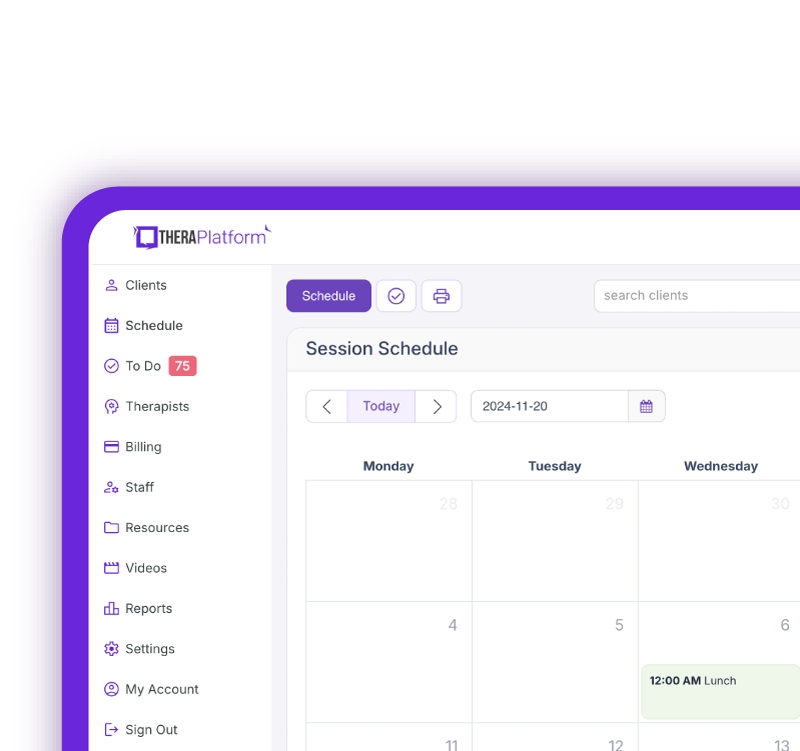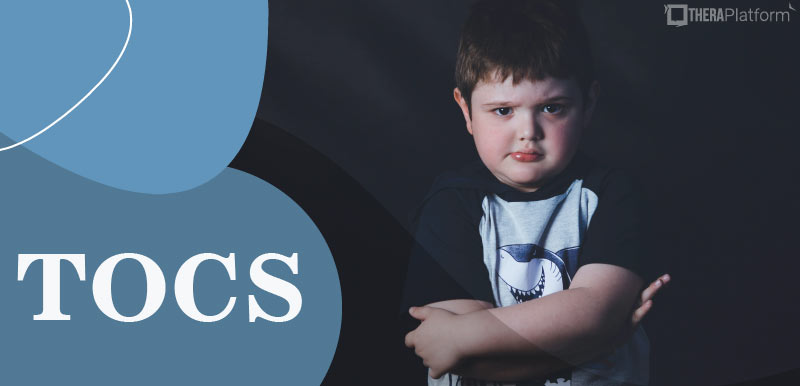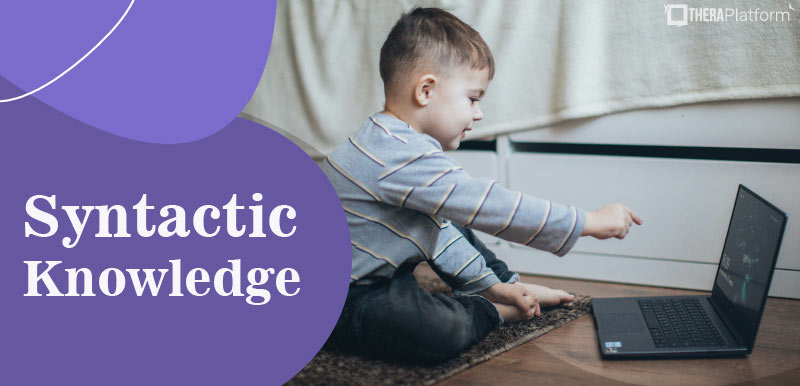Complexity Approach

Complexity Approach in speech therapy is a powerful treatment method for speech sound disorders (SSDs) that speech-language pathologists (SLPs) can consider utilizing in therapy. This approach targets more complex and later-developing sounds in order to facilitate broader phonological learning.
Summary
- The Complexity Approach targets difficult, later-developing, and non-stimulable sounds to trigger generalization and promote broader phonological change in children with moderate to severe speech sound disorders. Download my free phonological processes sheet.
- This evidence-based method leads to system-wide improvements, where treating complex sounds can result in spontaneous gains in simpler, untreated sounds, boosting overall speech intelligibility.
- Effective implementation includes comprehensive assessment, careful target selection, structured activities, and consistent feedback, along with progress monitoring to guide therapy adjustments.
- Challenges include selecting the right targets, maintaining child motivation, and involving caregivers, but the long-term gains in speech clarity and efficiency make this a powerful approach for suitable clients.
- By leveraging an EHR like TheraPlatform for efficient documentation, therapists can manage client information with ease.
Streamline your practice with One EHR
- Scheduling
- Flexible notes
- Template library
- Billing & payments
- Insurance claims
- Client portal
- Telehealth
- E-fax

The purpose of Complexity Approach speech therapy is to maximize generalization to untreated, simpler sounds. This can promote the client’s overall speech intelligibility.
Complexity Approach speech therapy is typically used for children with moderate to severe phonological disorders. Join us as we delve into the Complexity Approach speech therapy, exploring the key principles, benefits, challenges, and practical implementation of this evidence-based treatment technique.
What is the Complexity Approach in speech therapy?
Target selection
Complexity Approach speech therapy focuses on targeting non-stimulable, later developing sounds, or sounds that are not in the child’s current phonemic inventory. Children typically acquire these sounds later in development. They are considered complex due to the greater articulatory demands they involve in production of the sound.
Generalization
The approach emphasizes the cascading effect, where learning complex sounds leads to improvements in simpler, untreated sounds. This generalization is considered the driving force behind Complexity Approach speech therapy.
In contrast with direct teaching of individual sounds, the generalization principle behind Complexity Approach speech therapy allows for broader, system wide change in an individual’s articulation skills.
For example, targeting a later developing sound such as /th/ may lead to spontaneous improvement in the individual’s ability to produce earlier developing sounds such as /t/ or /d/.
Practice Management + EHR + Telehealth
Mange more in less time in your practice with TheraPlatform

Effortful learning
The approach leverages the concept that learning more challenging sounds enhances phonological reorganization. According to research, children may learn more effectively when they work on appropriately difficult targets. The increased effort required to produce more complex sounds can trigger more robust, generalized learning.
Steps in implementing Complexity Approach speech therapy
SLPs can use the Complexity Approach speech therapy in phonological or articulation therapy by following these steps:
Step 1: Assessment
Following the Complexity Approach starts with the completion of a comprehensive phonological evaluation. The SLP may use a combination of assessment methods, including standardized tests, speech samples, and stimulability assessments.
The assessment helps the SLP identify the child’s current phonemic inventory, as well as their stimulability for producing a variety of sounds.
Step 2: Target Selection
Based on the results of the assessment and the child’s needs, the SLP selects one or two complex, non-stimulable sounds. These sounds will be the initial targets in Speech Therapy sessions.
Step 3: Therapy Activities
When following the Complexity Approach, therapy activities may include structured tasks such as:
- Minimal pair contrasts: Using pairs of words that differ by one sound to highlight the contrasts between the two (ex: “sheet” and “seat”)
- Drill play: Repetitive practice of target sounds completed while engaging in motivating activities.
- Real-word practice: Generalization of target sounds into functional, meaningful contexts.
Step 4: Feedback and Reinforcement
Provide specific feedback and reinforcement to support the child’s accurate production of sounds.
Free Resources for Therapists
Click below and help yourself to peer-created resources:

Benefits of Complexity Approach speech therapy
Generalization effects
The complexity approach promotes efficiency by impacting multiple sounds and phonological patterns simultaneously.
Increased intelligibility
Addressing the most impactful sounds can lead to rapid improvements in speech clarity and communication effectiveness. Increasing the child’s intelligibility can lead to a more functional ability to communicate with family members, peers, and teachers.
Long-term gains
The complexity approach encourages phonological system-wide change rather than isolated sound improvement. This helps ensure lasting benefits and reduces the chances of a regression over time.
Challenges and considerations of complexity approach speech therapy
Although the Complexity Approach offers several benefits, it is important for SLPs to consider potential challenges.
Target difficulty
Selecting appropriately complex targets without overwhelming the child can be challenging. The SLP should consider this balance when identifying sounds to target in therapy.
Parental involvement
Parents play a critical role in reinforcing therapy goals at home, ensuring that the child makes progress in speech therapy. Speech therapists can educate parents on the rationale and importance of practicing challenging sounds at home.
Child motivation
Using engaging and motivating activities can help a child maintain effort when working on difficult targets in speech therapy. Working on producing difficult sounds can be frustrating for children, however, incorporating games, rewards, positive reinforcement, and activities related to the child’s interests can help maintain their motivation.
Research support for Complexity Approach speech therapy
The Complexity Approach is evidence-based as an effective treatment approach for children with phonological disorders.
One research study showed that treatment of later acquired sounds (such as /th/) triggered improvements in this and other untreated fricative sounds.
Several other studies also cite the Complexity Approach as facilitating more rapid progress and system-wide improvements in the phonological system, as compared to a developmental approach. A traditional, developmental approach to treating phonological disorders typically involves using minimal pairs or targeting earlier developing sounds.
Practical tips for clinicians for complexity approach speech therapy
Consider following these practical tips to use the Complexity Approach appropriately in Speech Therapy sessions:
Target selection tools
Use resources like complexity hierarchies or phonological contrast matrices to guide target selection. Tools like these can help clinicians identify the most impactful, appropriate targets based on the child’s unique needs and phonetic principles.
Session structure
Balance challenging tasks with activities that ensure the child stays engaged and successful. SLPs can start with warm-up activities that the child may be more successful with, then gradually transition to targeted work on more complex sounds.
Progress monitoring
Regularly evaluate generalization to untreated sounds. Use this data to adjust therapy targets as needed to ensure ongoing progress of the child’s phonological development.
The Complexity Approach is a powerful treatment method for addressing moderate to severe phonological disorders in speech therapy.
This approach of targeting complex sounds is supported by research as an effective technique that can lead to phonological system-wide improvements compared to traditional developmental approaches.
SLPs can incorporate this evidence-based method into their practice for suitable clients to drive generalization of phonological improvements.
Streamline your practice with One EHR
- Scheduling
- Flexible notes
- Template library
- Billing & payments
- Insurance claims
- Client portal
- Telehealth
- E-fax

Resources
TheraPlatform is an all-in-one EHR, practice management, and teletherapy software built for therapists to help them save time on admin tasks. It offers a 30-day risk-free trial with no credit card required and supports different industries and sizes of practices, including speech-language pathologists in group and solo practices.
More resources
- Therapy resources and worksheets
- Therapy private practice courses
- Ultimate teletherapy ebook
- The Ultimate Insurance Billing Guide for Therapists
- The Ultimate Guide to Starting a Private Therapy Practice
- Mental health credentialing
- Insurance billing 101
- Practice management tools
- Behavioral Health tools
Free video classes
- Free on-demand insurance billing for therapist course
- Free mini video lessons to enhance your private practice
- 9 Admin tasks to automate in your private practice
References
Furlong, L. M., Morris, M. E., Serry, T. A., & Erickson, S. (2021). Treating childhood speech sound disorders: Current approaches to management by Australian speech-language pathologists. Language, speech, and hearing services in schools, 52(2), 581-596. DOI: https://doi.org/10.1044/2020_LSHSS-20-00092
Gierut, J. A. (2001). Complexity in phonological treatment: Clinical factors. Language, Speech, and Hearing Services in Schools, 32(4), 229–241. DOI: https://doi.org/10.1044/0161-1461(2001/021)
Hegarty, N., Titterington, J., & Taggart, L. (2021). A qualitative exploration of speech-language pathologists’ intervention and intensity provision for children with phonological impairment. International Journal of Speech-Language Pathology, 23(2), 213-224. DOI: https://doi.org/10.1080/17549507.2020.1769728



